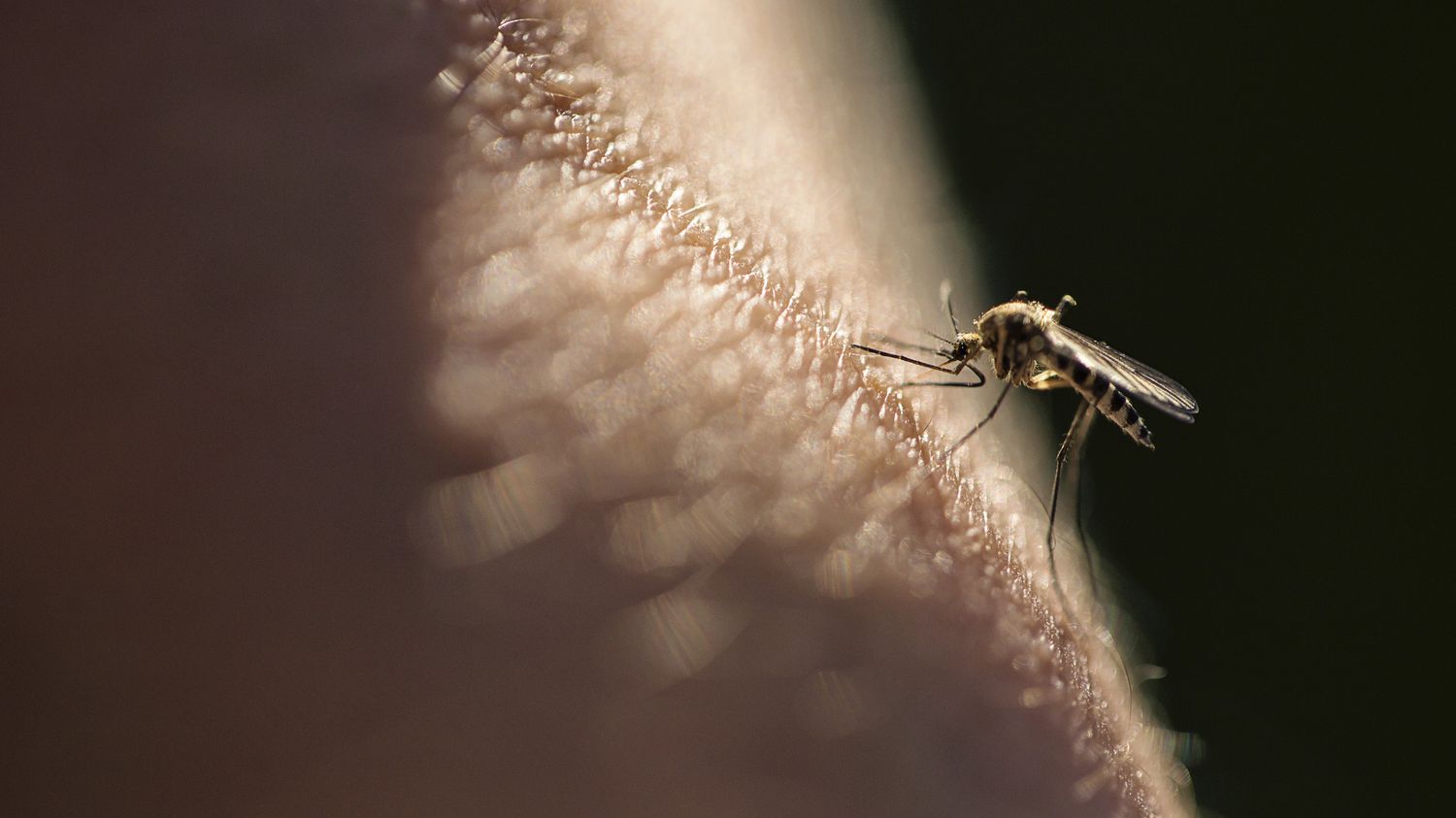Between May 1 and October 6, 2023, 1,167 imported cases of dengue fever were detected by Public Health France. This is a record since the establishment of a reinforced surveillance system in 2006.
In terms of dengue fever, the year 2023 is already shaping up to be one of records in France. Also called tropical flu, this seasonal infectious disease may present with high fevers, headaches, body aches, nausea and rash. It is transmitted by mosquitoes,Aedes aegypti and theAedes albopictus, better known as the tiger mosquito. Increasingly present on the national territory, this black insect with silver stripes has already established itself in 71 of the 96 departments of France, according to the General Directorate of Health. In 2014, it was only present in 18 metropolitan departments. L’Aedes aegypti, him, meets in the Antilles, Guyana and Mayotte.
>>> Visualize how the tiger mosquito has colonized France over the last ten years
As of October 5, 1,167 imported cases of dengue fever were recorded by Public Health France (SPF). “Imported cases” refer to people who contracted the disease outside French territory. Although the year 2023 is not over, this figure already exceeds that of 2020, when 834 infections were recorded by the public health agency, which implemented reinforced surveillance during the period of mosquito activity, from May 1 to November 30. In 2021, a very low number of cases was reported due to travel restrictions linked to the Covid-19 crisis.
Among these infected people, 38% stayed in Martinique and 26% in Guadeloupe. “Faced with the evolution of the number of dengue cases in the Antilles, Martinique and Guadeloupe have entered the epidemic phase since August 17, 2023”, explains SPF on its site. In Guadeloupe, 7,310 patients have consulted since the beginning of 2023 for dengue syndrome. On the Martinique side, this figure rises to 8,315. In this department, three people, including a 9-year-old child, have died from the disease since September 18, reported the regional health agency (ARS) , October 5.
Around thirty indigenous cases detected
Although the appearance in mainland France of this disease is mainly based on imported cases, indigenous cases, that is to say people who have contracted the virus in France, without known travel overseas or abroad. abroad, have been particularly important for two years. Their number stands at 31 as of October 5, 2023. This is the second highest accumulation behind that of the year 2022 (66), which Public Health France had qualified “exceptional”. This year, several outbreaks were detected in Provence-Alpes-Côte d’Azur, Occitanie and Drôme, according to reinforced surveillance data produced by SPF.
To prevent any spread, mosquito control operations are carried out in the municipalities where the virus has been detected. Indeed, the tiger mosquito can transmit the virus when it bites an infected person, then a healthy person. During the night of October 9 to 10, an insecticide treatment was, for example, carried out around Niort station (Deux-Sèvres) after a case of imported dengue fever was identified, reports France Bleu Poitou.
A hemorrhagic form in one case in 100
But what are the risks linked to this virus? After an incubation of two to seven days, infected people present “a high fever often accompanied by headache, nausea, vomiting, joint and muscle pain, and a measles-like rash”explain the Pasteur Institute. LDengue fever is, however, asymptomatic in 50 to 90% of cases, specifies SPF.
More serious, cases of dengue hemorrhagic fever can also occur in 1% of cases, warns the Pasteur Institute. This severe form is characterized by “increased vascular permeability which can lead to shock and life-threatening hemorrhages”, explains SPF. According to the World Health Organization (PDF link)the fatality rate of dengue hemorrhagic fever can exceed 20% without appropriate treatment.
To date, there are two ways to detect the presence of the virus: the PCR test up to five days after the start of symptoms or the blood test to be taken after seven days. A vaccine exists, but it is not recommended by the High Authority of Health, because it is considered too restrictive: it can only be administered after a first infection, for people aged 9 to 45 living in areas endemic.
